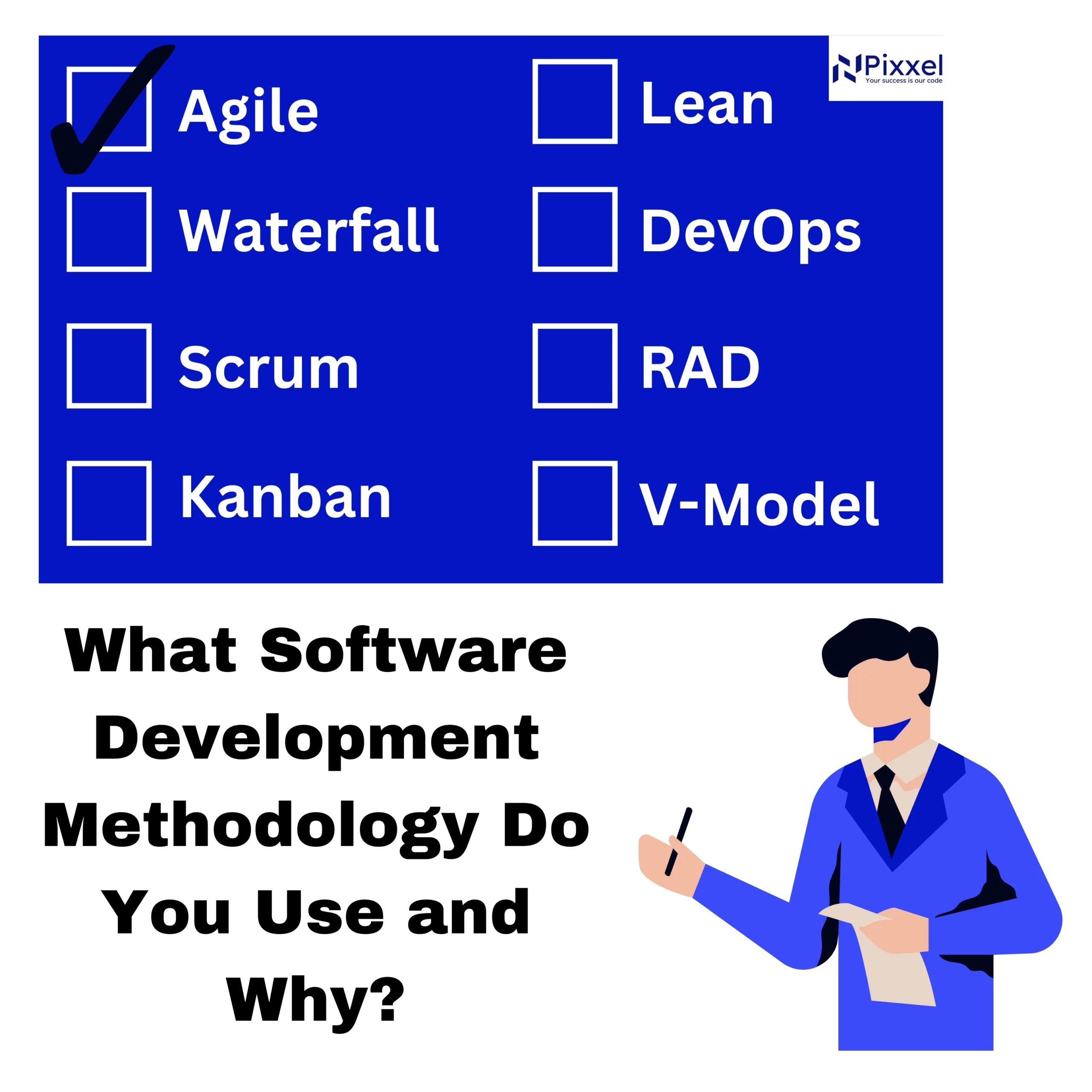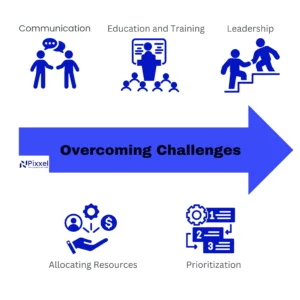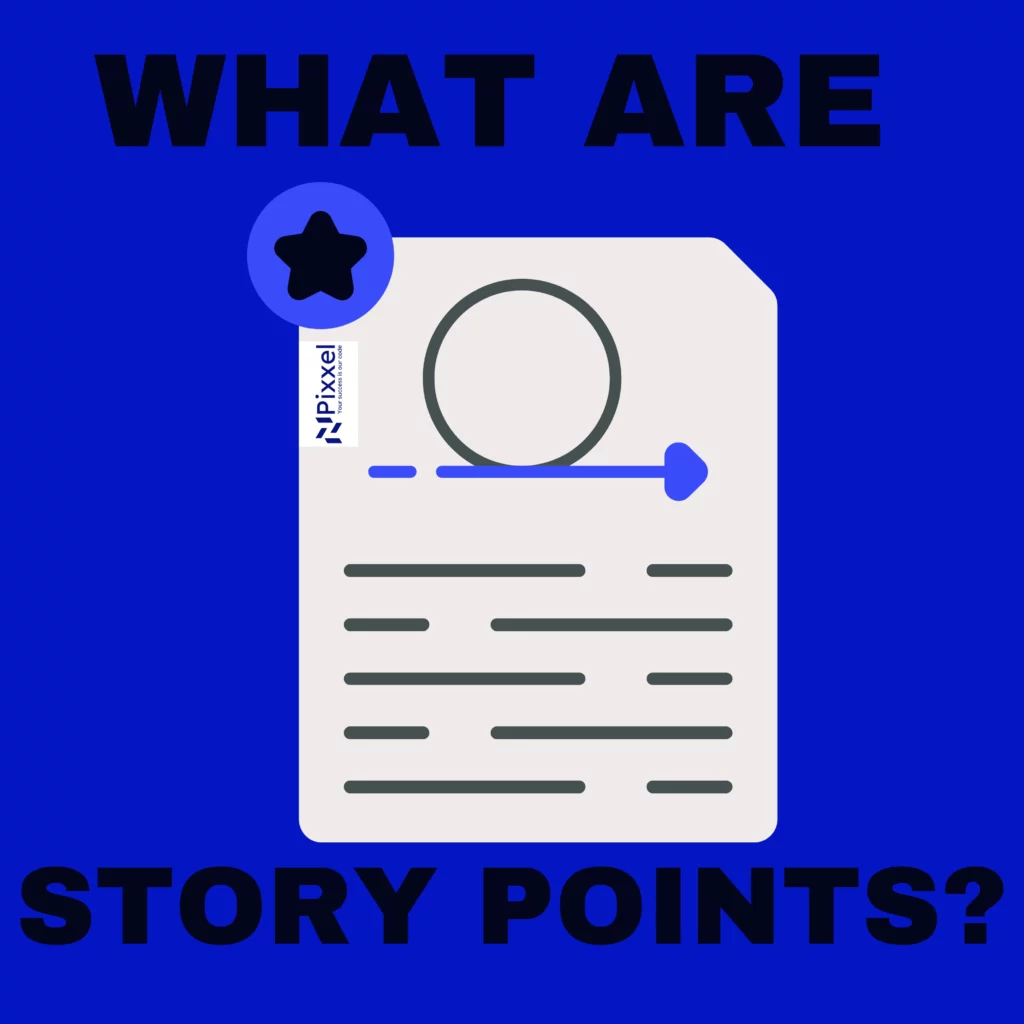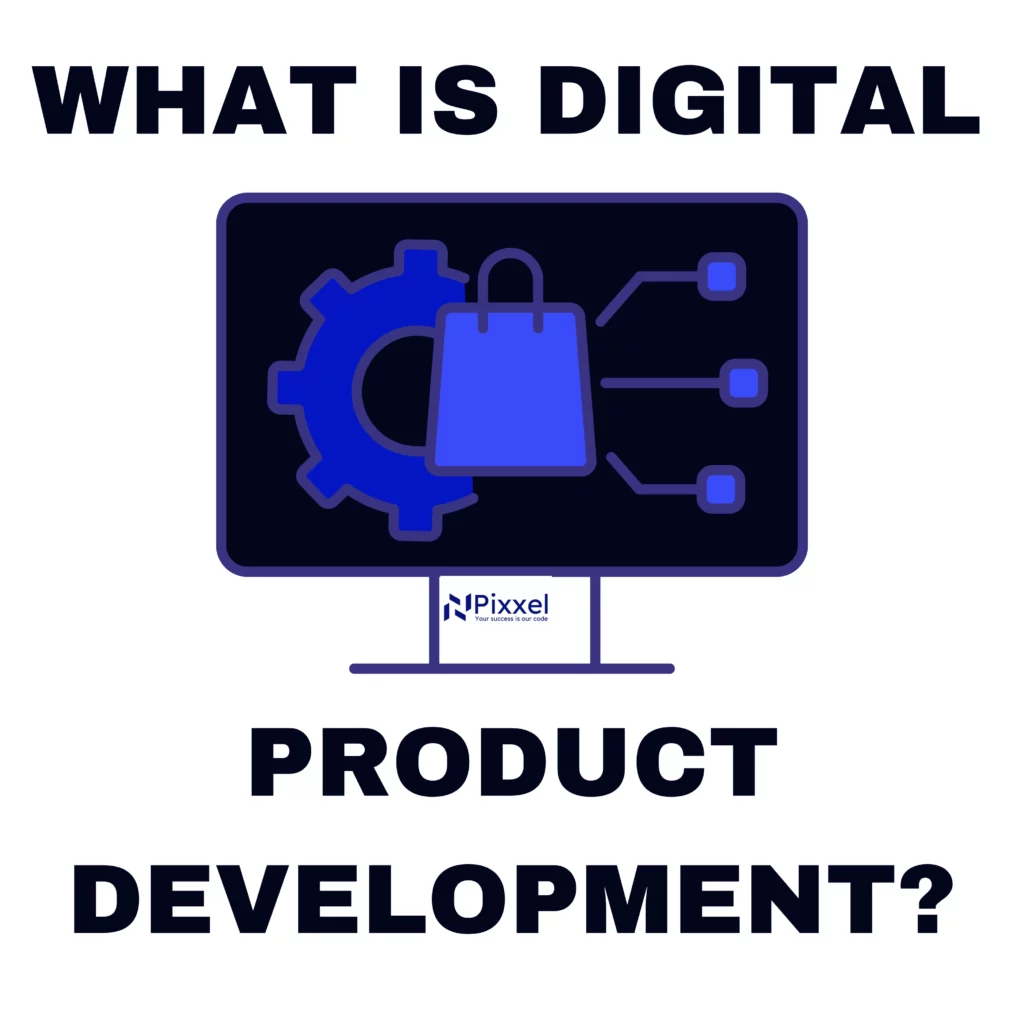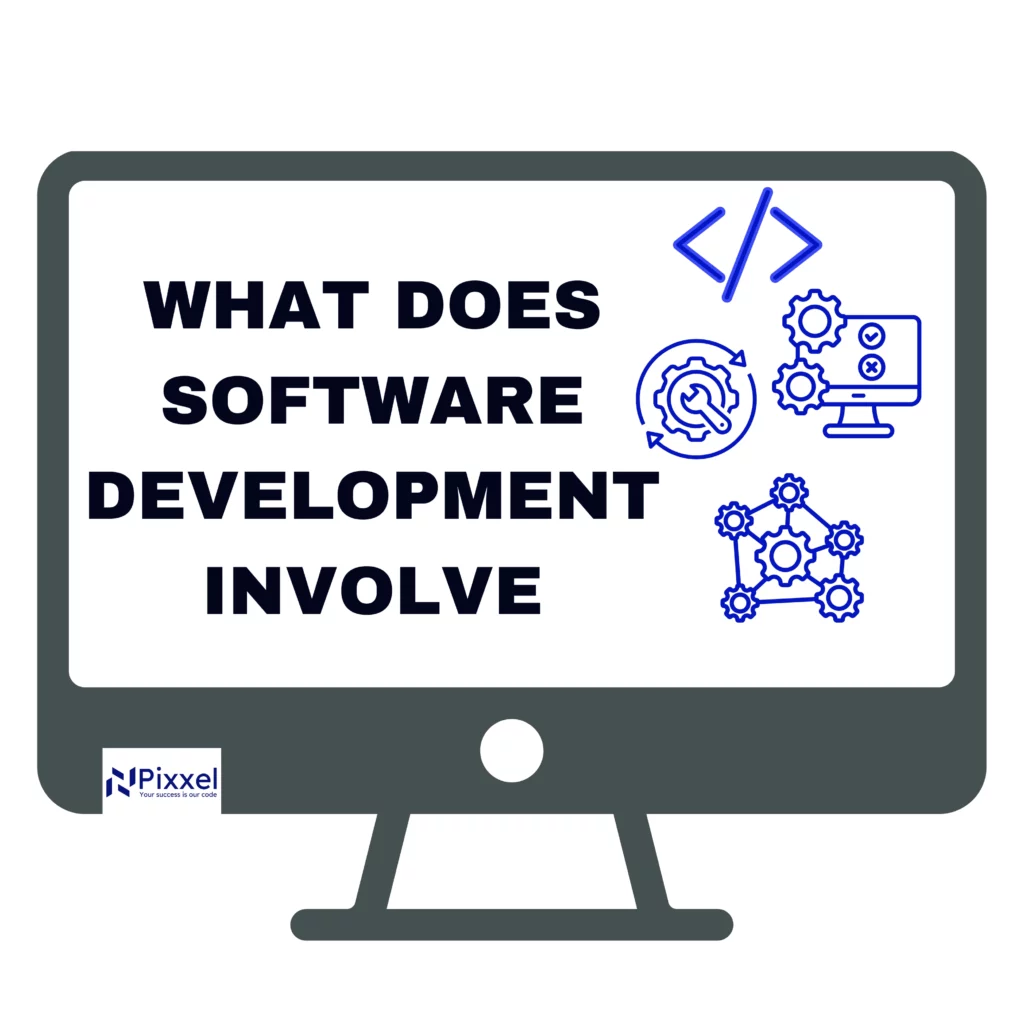When it comes to creating software, choosing the right software development methodology is like picking the best route to get to your destination. Each path has its own advantages and challenges, and the right one depends on the nature of your project, the team you’re working with, and the goals you’re trying to achieve.
Software development methodologies are frameworks that help guide teams through the process of building, testing, and delivering software.
Let’s take a deep dive into the most popular software development methodologies and their pros and cons, and help you decide which one is best suited for your project.
Key Takeaways
- Pick a methodology that fits your project’s requirements, goals, and team structure.
- Waterfall works well for projects with well-defined, unchanging requirements.
- Agile and Scrum offer flexibility for projects with evolving needs.
- Lean and RAD emphasize speed and efficiency, making them ideal for fast-paced environments.
- XP, DSDM, and FDD are better for complex, large-scale projects with high quality and governance needs.
What Are Software Development Methodologies?
Software development methodologies are the structured approaches that guide the planning, development, and delivery of software. They define how teams collaborate, how tasks are organized, and how progress is measured throughout the development lifecycle.
In other words, these methodologies are like roadmaps, offering teams a clear path from the initial idea to the final product. They help teams break down complex tasks into manageable steps, ensuring that projects are completed efficiently and with fewer errors.
Software development methodologies are not just about writing code; they cover everything from initial project planning to testing, deployment, and even maintenance of the software after it’s released.
The right methodology provides structure to the team’s work and encourages consistent communication between developers, designers, clients, and stakeholders.
Top 9 software development methodologies
There are several methodologies used by developers and teams around the world. Each has its own approach to planning, execution, collaboration, and final delivery.
Understanding these different methodologies will help you pick the right one for your needs. Below, we’ll explore the most common software development methodologies, outlining their key advantages, disadvantages, and the kinds of projects they’re best suited for.
| Methodology | Suitable For | Pros | Cons |
|---|---|---|---|
| Waterfall | Projects with stable requirements | Clear structure, comprehensive documentation | Inflexible to changes, late-stage issue discovery |
| Agile | Projects with evolving requirements | Highly flexible, encourages constant feedback | Can suffer from scope creep, requires experienced teams |
| Scrum | Small to medium projects | Regular feedback, high transparency in progress | Can be restrictive, requires high communication |
| Lean | Small, efficiency-driven projects | Minimizes waste, faster time to market | Can lack structure, not ideal for large teams |
| Prototype | Projects with vague requirements | Early feedback, reduces risk of misunderstandings | Time-consuming, risks scope creep |
| XP (Extreme Programming) | Small to medium teams focused on quality | Emphasizes code quality, frequent testing | Resource-intensive, requires constant customer feedback |
| RAD (Rapid Application Development) | Small to medium projects with tight deadlines | Quick delivery, regular user feedback | Requires skilled teams, may compromise quality |
| DSDM (Dynamic Systems Development Methodology) | Medium to large projects with strict deadlines | Strong governance, flexible for changing needs | Needs active client involvement, complex setup |
| FDD (Feature-Driven Development) | Large, feature-focused projects | Delivers frequent, measurable progress | Not suited for small projects, relies on experienced leadership |
Waterfall Development Methodology
The Waterfall methodology is the grandparent of all software development methodologies. It’s one of the oldest and most traditional approaches, working in a step-by-step manner. In Waterfall, you must complete each phase before moving on to the next. Each phase—such as planning, design, development, testing, and maintenance—is done sequentially. This structured approach works well for projects that are well-defined from the start.
Pros:
- Clear, linear structure that is easy to understand and manage.
- Detailed documentation at each stage.
- Defined phases make it easier to track progress.
Cons:
- Inflexible to changes once a phase is completed.
- Costly and time-consuming to fix issues found later in the process.
- Overemphasis on documentation could distract from delivering effective solutions.
Suitable for:
Waterfall is best for projects with clear, stable requirements that are unlikely to change during the development process. It is ideal for teams with less experience or projects where detailed documentation is essential, such as government or regulatory work.
Agile Development Methodology
Agile is one of the most widely used software development methodologies today. It’s highly flexible and focuses on iterative development, where work is done in small cycles called sprints. Agile is all about collaboration between developers, customers, and stakeholders, with regular feedback incorporated at every step.
Pros:
- Highly adaptable to changing requirements.
- Encourages collaboration and frequent customer feedback.
- Short sprints make it easier to track progress and catch issues early.
- Improved quality of deliverables through constant feedback.
Cons:
- Can suffer from scope creep due to constant changes.
- Requires experienced teams and may overwhelm unprepared members.
- Lack of attention to documentation can cause issues later in the process.
- Requires developers who are capable of working independently.
Suitable for:
Agile is ideal for projects with rapidly changing requirements, especially in fast-moving industries like tech startups. It works well with small to medium teams that need to iterate quickly and gather feedback often.
Looking for the right Agile Software Development Services?
Scrum Software Development Methodology
Scrum is a popular form of Agile that focuses on breaking down the development process into small, manageable chunks called sprints, which typically last between one to four weeks. Scrum encourages teams to self-organize and regularly reflect on what’s working and what isn’t, making it an iterative process with constant improvement.
Pros:
- Short, time-boxed sprints help keep teams focused and on track.
- Promotes transparency and clear understanding of roles.
- Encourages regular reflection and improvement.
- Scrum meetings ensure alignment within the team.
Cons:
- High levels of communication and collaboration required.
- Roles and ceremonies may feel restrictive for some teams.
- Could increase time to market if deadlines aren’t strictly enforced.
Suitable for:
Scrum is perfect for small to medium-sized teams working on projects with dynamic, shifting requirements. It’s especially effective for teams that thrive on collaboration and need to deliver regular, incremental improvements.
Further Reading: What are story points?
Lean Software Development Methodology
Lean software development borrows principles from Lean manufacturing, focusing on minimizing waste and maximizing value. It emphasizes efficiency and reducing unnecessary steps or features that don’t provide value to the customer. Lean asks teams to deliver only what is necessary and to constantly look for ways to improve the process.
Pros:
- Focuses on efficiency by cutting out unnecessary steps.
- Reduces time to market by streamlining processes.
- Continuously encourages improvement.
- Increases team motivation through autonomy.
Cons:
- Can lead to underdeveloped products if too much is cut out.
- Requires discipline and may lack structure in larger projects.
- Detailed documentation, while necessary, adds workload for business analysts.
Suitable for:
Lean is best for smaller teams and startups looking to bring products to market quickly. It is ideal for projects where efficiency is paramount and waste must be minimized.
Prototype Model
The Prototype Model revolves around creating a preliminary version, or prototype, of the final product. This allows users to interact with a working model and provide feedback before the final software is developed. It’s an ideal methodology for projects with unclear requirements because it helps clarify the user’s needs early on.
Pros:
- Helps reduce misunderstandings by providing early feedback.
- Catches issues and refines the product before full development.
- Useful for projects with vague requirements.
- Allows developers to gather detailed information used in the final product.
Cons:
- Time-consuming with multiple iterations.
- Risks scope creep with constant feedback and revisions.
- The customer’s expectations may not align with the final product.
- Cost overruns are possible as the prototype itself may not match the full product.
Suitable for:
The Prototype Model is perfect for projects with unclear requirements or where there is a high level of uncertainty. It’s useful for teams that need early user feedback to shape the direction of the final product.
Extreme Programming (XP)
Extreme Programming, or XP, is a methodology that focuses on improving software quality through frequent releases in short development cycles. It relies heavily on customer feedback, constant testing, and collaborative work. XP encourages developers to work closely with customers to ensure that the product evolves in the right direction.
Pros:
- Emphasizes high code quality through continuous testing.
- Frequent feedback ensures the product evolves in the right direction.
- Short cycles make it easy to adapt quickly to changes.
- Encourages close collaboration between customers and developers.
Cons:
- Resource-intensive and can slow down less experienced teams.
- Requires heavy customer involvement for feedback.
- Requires significant persistence and creativity from the team.
- Assumes the product owner doesn’t have a clear picture of the final product at the start.
Suitable for:
XP is ideal for projects where code quality is of utmost importance. It’s great for small to medium teams that can handle the intense pace and constant communication required for success. XP works well in environments where frequent releases are necessary.
Rapid Application Development (RAD)
Rapid Application Development, or RAD, focuses on quickly building prototypes that can be tested by users. It emphasizes speed, adaptability, and customer feedback, much like Agile, but places a greater emphasis on delivering working software quickly.
Pros:
- Allows for quick delivery of working software.
- Emphasizes user feedback and adaptability.
- Ideal for projects with tight deadlines.
- High chances of a successful product release due to regular feedback.
Cons:
- Requires skilled teams and quick user feedback to be effective.
- Rushed development may lead to lower product quality.
- Requires a highly responsive customer for feedback to avoid delays.
Suitable for:
RAD is best for small to medium projects with tight deadlines and a need for frequent user feedback. It’s ideal for teams that are skilled at quickly building prototypes and iterating based on customer input.
Dynamic Systems Development Methodology (DSDM)
DSDM is another Agile-based methodology, but it takes a more structured approach to development. It focuses on delivering softwareprojects on time and on budget while ensuring that the quality of the software is high. DSDM allows for flexibility, but it places a strong emphasis on project governance, ensuring that deadlines and budgets are met.
Pros:
- Balances time, budget, and quality well.
- Provides a structured approach while remaining flexible.
- Suitable for large, complex projects with strict deadlines.
- Offers strong control over budget and timeline while staying flexible.
Cons:
- Requires active client involvement throughout the process.
- Without client engagement, the flexibility may be lost.
- Smaller teams might find it hard to implement.
- Training and execution can be costly due to complexity.
Suitable for:
DSDM is best for medium to large projects with strict deadlines and budgets but where flexibility in execution is still important. It’s perfect for organizations that can commit to high client involvement throughout the process.
Feature-Driven Development (FDD)
Feature-Driven Development, or FDD, focuses on breaking down the project into small, client-approved features. These features are planned, designed, built, and tested independently, allowing teams to deliver working software in small chunks. It’s particularly useful for large projects where managing scope and delivering value quickly are key priorities.
Pros:
- Breaks down projects into manageable features for quick delivery.
- Great for large projects needing frequent, measurable progress.
- Keeps stakeholders engaged by regularly showing progress.
- Encourages the use of best practices and predictable outcomes.
Cons:
- Not well-suited for small projects.
- Heavily relies on experienced developers and team leaders.
- Relies heavily on the lead developer, which can create bottlenecks.
- Focuses on activities rather than delivering value to the end-user
Suitable for:
FDD is ideal for large-scale, complex projects that need to deliver features incrementally. It works well in environments where frequent, measurable progress is important, and there is a need for structured leadership within the team.
Which Software Development Methodology is Best and Why?
Now that we’ve covered some of the most widely used software development methodologies, you might be wondering which one is the best fit for your project.
The truth is, there isn’t a single “best” methodology. The ideal methodology depends on a variety of factors, such as the size and scope of your project, the experience of your team, and how much flexibility you need during development.
If you’re working on a small, well-defined project with clear goals, the Waterfall method might be the most straightforward and manageable option.
For projects where requirements are likely to change, Agile or Scrum offer more flexibility and the ability to adapt quickly to new challenges. Lean and RAD are great for teams that need to work quickly and efficiently, while XP is perfect for projects that demand high-quality code and continuous improvement. DSDM and FDD are well-suited for larger, more complex projects, where structure and scalability are key.
Ultimately, the best way to choose a methodology is to carefully assess your project’s needs, team dynamics, and the level of flexibility required. And don’t forget—you don’t have to stick to just one methodology. Many teams find success in combining elements of different methodologies to create a hybrid approach that works for them.
Final Thoughts on Methodology Selection
Choosing the right software development methodology is crucial to the success of any project. Different projects call for different methods, and understanding the pros and cons of each approach will help you make the best decision for your team.
- Waterfall is ideal for projects with clear, stable requirements.
- Agile and Scrum are perfect for projects where flexibility and frequent feedback are important.
- Lean and RAD focus on speed and efficiency, making them great for teams that need to work quickly.
- XP emphasizes quality and continuous improvement, which is perfect for projects that demand high-quality code.
- DSDM and FDD are well-suited for larger, more complex projects that need structure and scalability.
By understanding your project’s needs and matching them to the right methodology, you can set your team up for success and deliver high-quality software on time and on budget.
